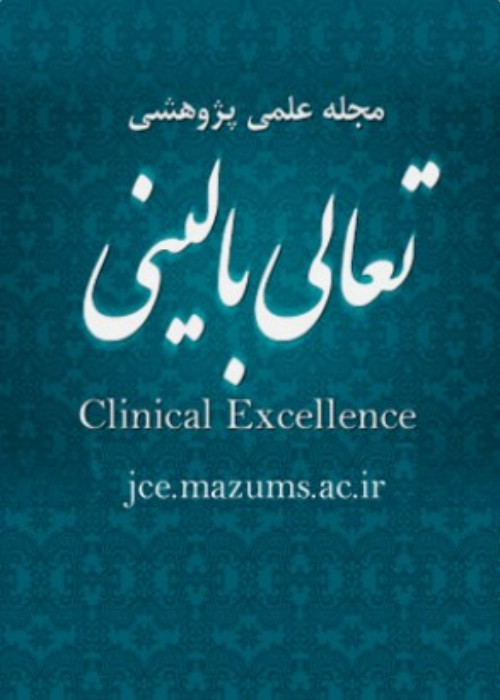A review of ocular surface squamous neoplasia in people with HIV
Ocular surface squamous cell neoplasia (OSSN) refers to a wide range of conjunctival and corneal epithelial tumors including: dysplasia, in situ carcinoma, and invasive cancer. The incidence of OSSN with human immunodeficiency virus (HIV) is increased due to its associated risk factors, such as human papillomavirus and exposure to sunlight. In this review, we discuss the epidemiology, clinical presentation, diagnosis, and treatment of OSSN associated with HIV infection. A search of the Google Scholar, Elsevier, Pubmed, ISI (Web of Science), Iran Medex, Scopus database in English from 1992 to 2018 was used to investigate the prevalence and prevalence of HIV positive squamous cell neoplasia. Eligibility criteria include any type of study that addresses the clinical manifestations of OSSN according to HIV status. Cases involving or screening for other types of malignancies in other groups were excluded. The 101 articles identified through the search were, in this review, OSSN reported as the first HIV / AIDS marker in 26 -86% of cases, and HIV positive testing in 38 -92% of patients with OSSN listed. The median age of onset of OSSN in HIV-infected patients in developing countries has dropped to the third to fourth decade. Those infected with HIV have shown larger invasive tumors, more severe malignancy, more invasive corneal, scleral and orbital invasion; more advanced stage tumors (T4), greater need for enucleation and wider exentration, and increased risk of tumor recurrence. It is noteworthy that current management of OSSN in HIV-positive people is based on the same standard treatment guidelines as described for OSSN in the general population. Most studies have shown that OSSN can occur at any time during the HIV / AIDS courses, and no significant association was found between CD4 count and severity of OSSN. In addition, the impact of antiretroviral treatment on OSSN is controversial. Based on the available evidence, HIV screening is recommended in all cases associated with OSSN to rule out HIV infection. The importance of the disease and the risk of relapse and its spread to patients should be counseled, with emphasis on regular follow-up and timely referral to the ophthalmologist for any unspecified ocular symptoms.
- حق عضویت دریافتی صرف حمایت از نشریات عضو و نگهداری، تکمیل و توسعه مگیران میشود.
- پرداخت حق اشتراک و دانلود مقالات اجازه بازنشر آن در سایر رسانههای چاپی و دیجیتال را به کاربر نمیدهد.


